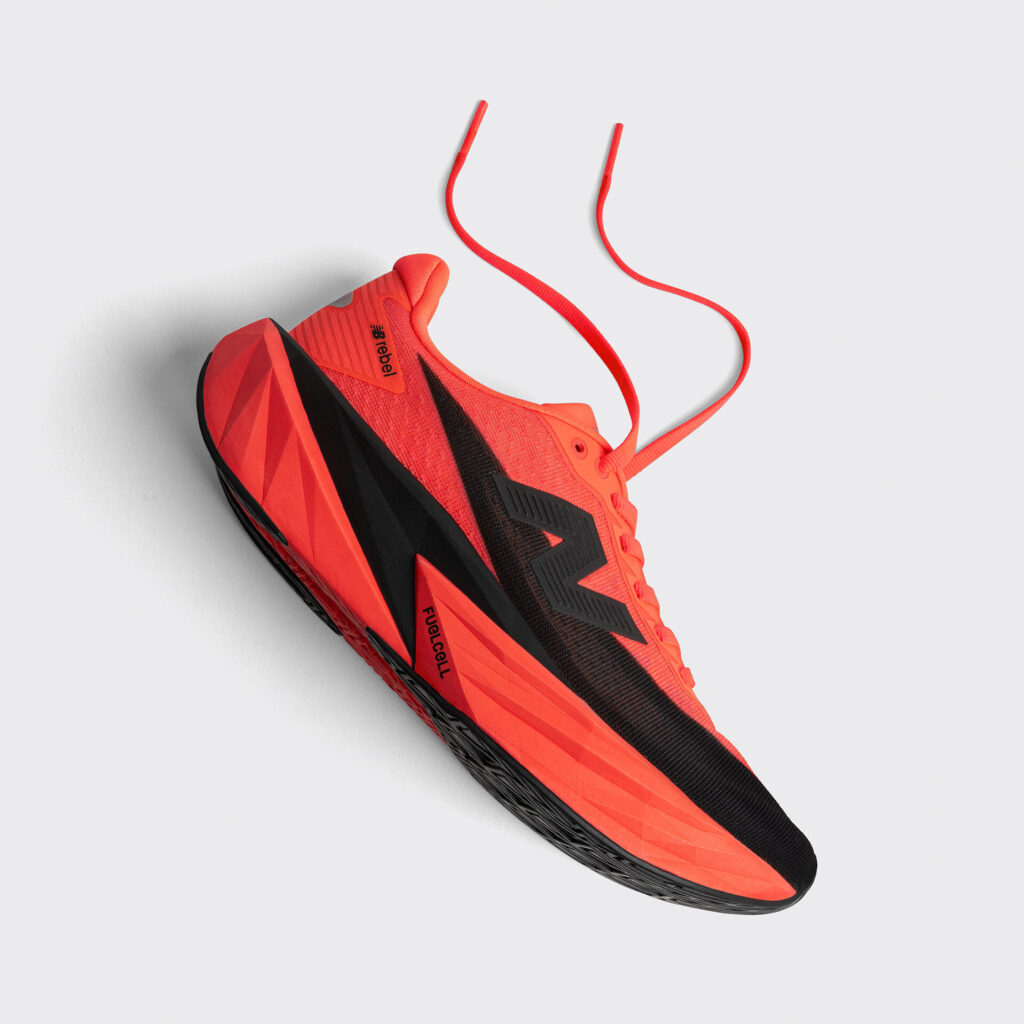After splitting a tomato and pepper-topped pizza for dinner, Joe O’Leary hit the gym and jumped on the elliptical for a workout.
But after about 30 minutes in, he started feeling strange, as he explained to Popular Science.
He ended up going to the emergency room, where doctors treated him with steroids and antihistamines. The diagnosis? Exercise-induced anaphylaxis.
There are two types: Exercise-induced anaphylaxis occurs when a triggering physical activity results in anaphylaxis, an allergic reaction involving the skin, respiratory tract, gastrointestinal tract, and cardiovascular system. With food-dependent exercise-induced anaphylaxis, you need to ingest certain sensitizing foods and exercise for the symptoms to be present, research in the Journal of Asthma and Allergy explains.
RELATED: 6 Guys With Ripped Abs Tell You Why It’s Not Worth It
Exercise-induced anaphylaxis is rare: A large study of over 76,000 adolescents in Japan estimated the prevalence of exercise-induced anaphylaxis and food-dependent exercise-induced anaphylaxis at 0.048 percent.
Symptoms include itching, flushing, hives, wheezing, nausea, vomiting, diarrhea, low blood pressure, or collapse.
As for the foods responsible? They vary, but reactions involving vegetables like tomatoes, cereals, nuts, fish, cow’s milk, beef, pork, chicken/turkey, snails, and mushrooms have been reported. The intensity of exercise varies—even among patients—but activities like jogging or brisk walking are often implicated, according to the research in the Journal of Asthma and Allergy.
RELATED: 4 Ways Your Brain Suffers When You Stop Working Out
For food-dependent exercise-induced anaphylaxis to be diagnosed, neither the food by itself nor the exercise separately must cause any reaction—it’s the combo of the two that does it. Researchers aren’t exactly sure what causes the allergy to exercise, but it may be that the increase in blood flow may transport allergens from the gut around the body, possibly sparking an alternate reaction in those sites.
The treatment for exercise-induced anaphylaxis is just like that of anaphylaxis in general: Avoiding the allergens, and carrying an Epi-Pen. If you have food-dependent exercise-induced anaphylaxis, you don’t need to avoid exercise, but you should make sure not to eat the triggering food before exercise or within one hour afterwards, the researchers write.
Think you have it? Talk to your doctor—since it’s a rare disorder, a thorough workup is necessary before coming to a diagnosis.
This article originally appeared on Men’s Health













